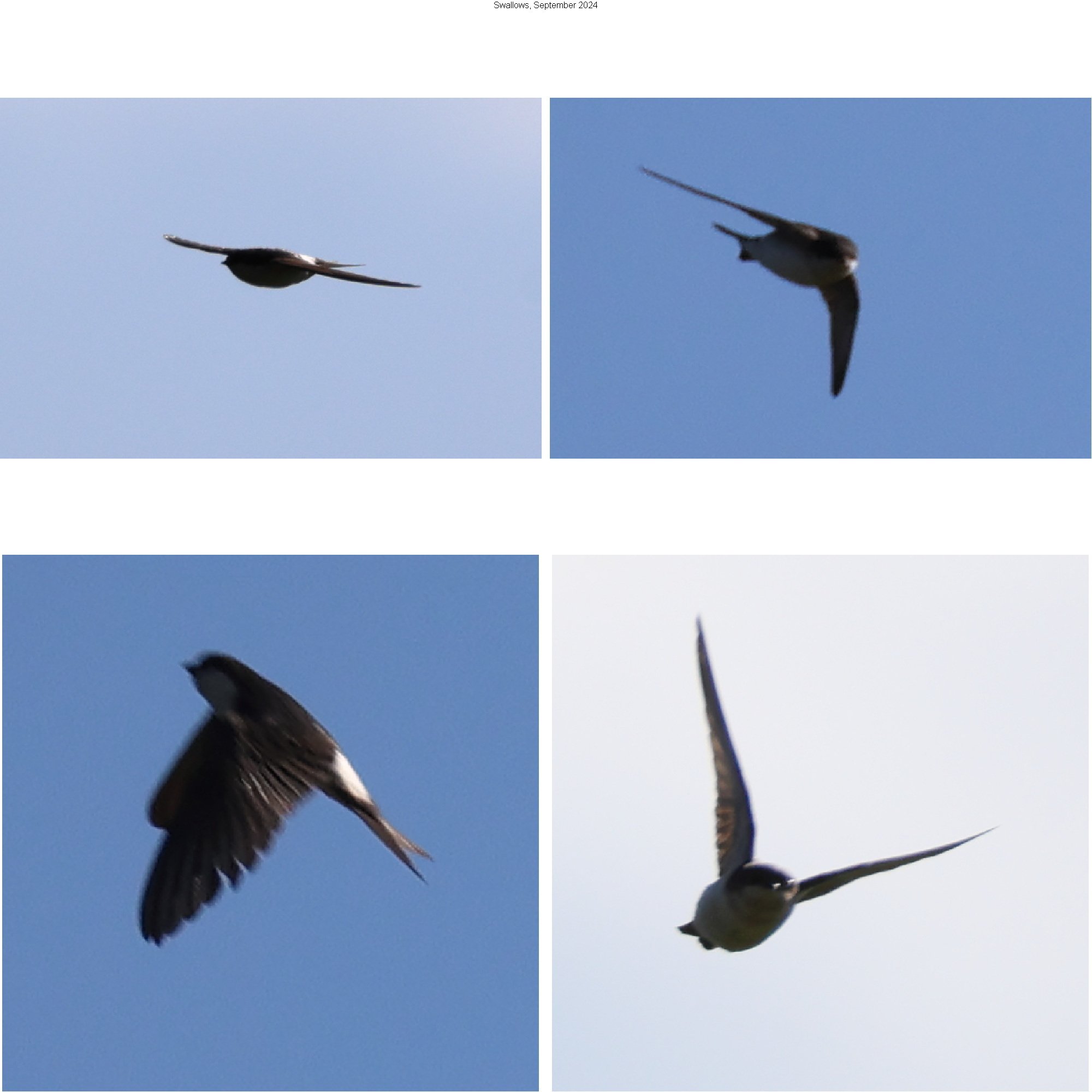this post was submitted on 12 Sep 2024
98 points (99.0% liked)
birding
3570 readers
2 users here now
A community for people who like birds, birdwatching and birding in general!
Feel free to share your photos and other birding-related content here. If a photo you post isn't yours, please credit the original creator! Additionally, it would be appreciated if the location of the sighting and a date were given when a photo or question is posted. You do not have to give the precise location, something like "Northern Idaho, June 2023" or even "North-Western US, June 2023" suffices.
founded 1 year ago
MODERATORS
you are viewing a single comment's thread
view the rest of the comments
view the rest of the comments

I'll second this, I think it's impressive that you were able to get any sort of photo. I am decidedly not a birder, but I've tried taking long distance pictures of moving objects with a fairly extreme telephoto lens and I was dreadful at it. I'm even more amazed that you weren't using burst mode.
I was going to ask what your aperture was, but I'm guessing it's f/11 after looking up the lens. Canon made a crazy thing! I like it, and I hope other manufacturers take note. I'd especially like it if Sigma or Tamron made a compact 800mm prime lens.
This is actually the truly crazy (and heavy!) RF200-800mm, with F9 at 800mm (and they do one even madder at x4 the price or so).
Sadly, Canon don't let others use their RF interfaces, so I'd guess Sigma, etc. don't try hard to work with Canon anymore.
I know for birds the ideal is closer to the suggested 1/2000s, but in practice that seems out of reach without doing bad things to the ISO with this lens/body. While the camera was doing auto-ISO to 100-350, the photos needed quite a bit of increased brightness when processing (RAW of course) to bring out the bird, so there was little to spare. And this, in sunshine. If I'd been thinking, some exposure compensation on the camera would have been sensible, but I doubt the end result would be much better.